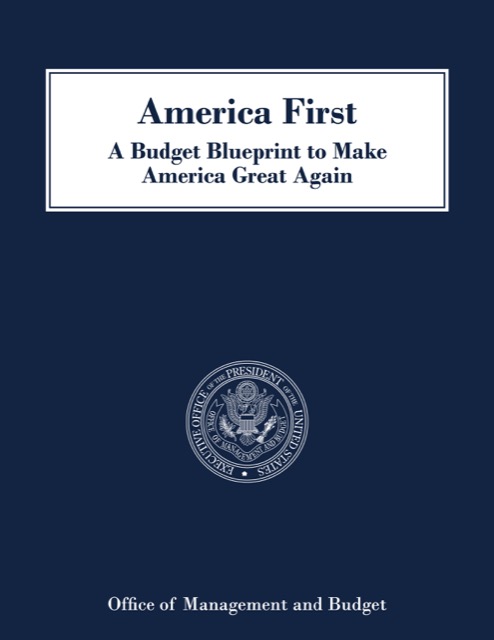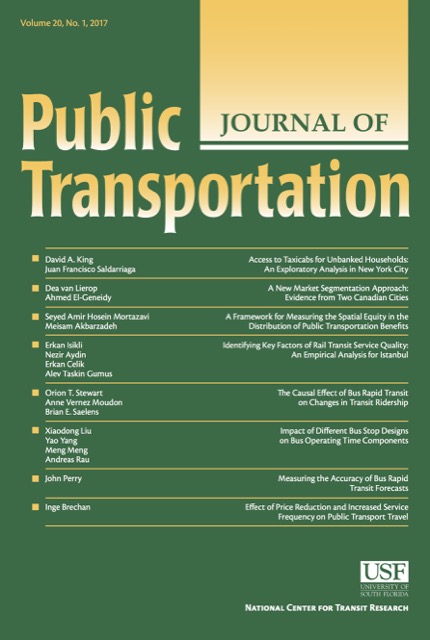Bloomberg has a long article about Google’s lawsuit against Uber over self-driving car technology. In a nutshell, one of Google’s top engineers, Anthony Levandowski, left Google to start a new company called Otto that was then purchased by Uber for $700 million, and Google is accusing Levandowski of taking its company secrets with him and giving them to Uber.
The real story, though, is not over patent disputes but a debate in the industry over how to introduce the new technology to the market. This debate has to do with the distinction engineers are making between self-driving cars and driverless cars. Advocates of self-driving cars, meaning cars that can increasingly drive themselves but sometimes need humans to take over, argue that this stage is needed to collect as much information as possible to perfect the technology.
On the other hand are advocates of driverless cars, meaning cars that never need a human operator, who argue that not only is the self-driving phase not needed, but that it could be dangerous because a self-driving car may not be able to alert on-board humans that they need to take over in time for them to do so.









